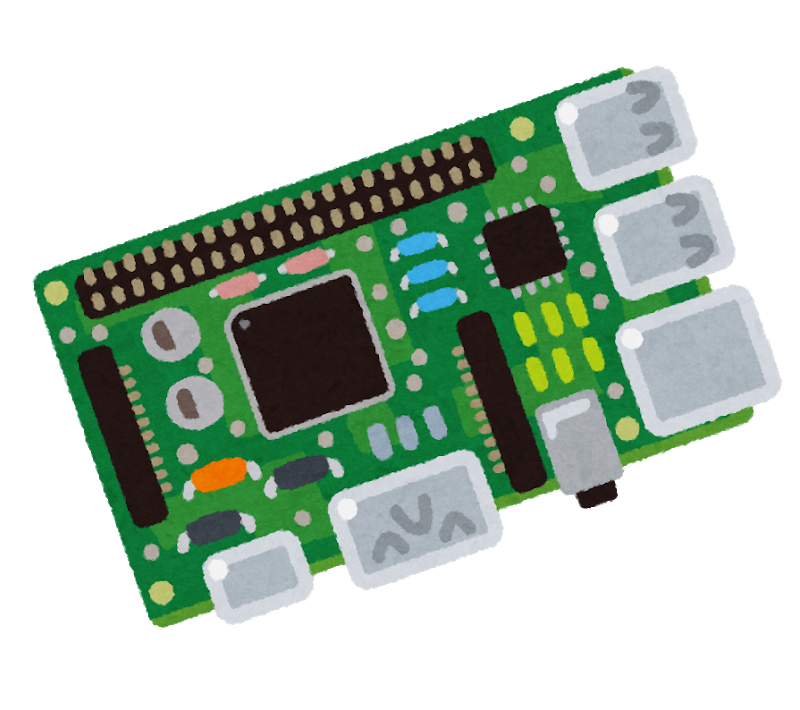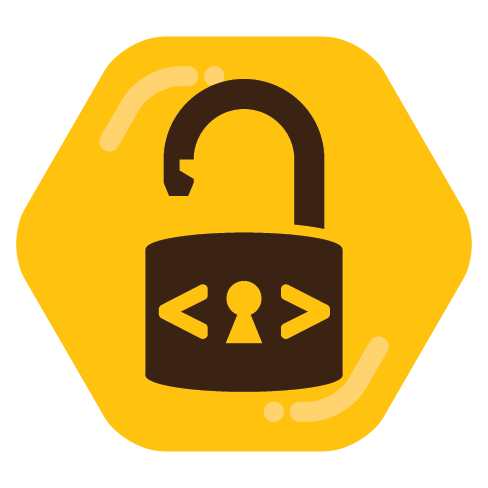

I’ll be using whitelists to manage federation in order to keep things small. Also I am only interested in allowing people in my local community to join since that’s the goal I am working towards.
I am also interested in seeing how it does hold up in the future but it’s not a permanent solution. It’s why I went through the process of learning RSync so I can hopefully have a simpler data migration process and setup whenever that time comes.
I wanted to share the process for everyone since a lot of what’s in the guide could be useful for anyone with more appropriate server solutions, especially regarding Cloudflare’s services.
The Pi itself was convenient for learning since wiping everything to start over is simple and quick.


When it finally came to the firewall, after realizing I was working with docker containers and my brain said “no more rabbit holes, friend.” Thanks for the information.
Also gufw is just a simple graphical user window that that’s built on top of ufw. I was using VNC when I began learning all this and planned on using gfuw. By the time I finished the guide, I had become comfortable handling everything from the terminal alone. It’s was just kinda there in the guide at that point.
That’s good to know about docker. I ran into issues modifying docker-compose.yml files while a container was up so I just made it a habit to shut containers down before making changes. I can see using
pullwhile a container is up being more important for places concerned about unnecessary downtime though.